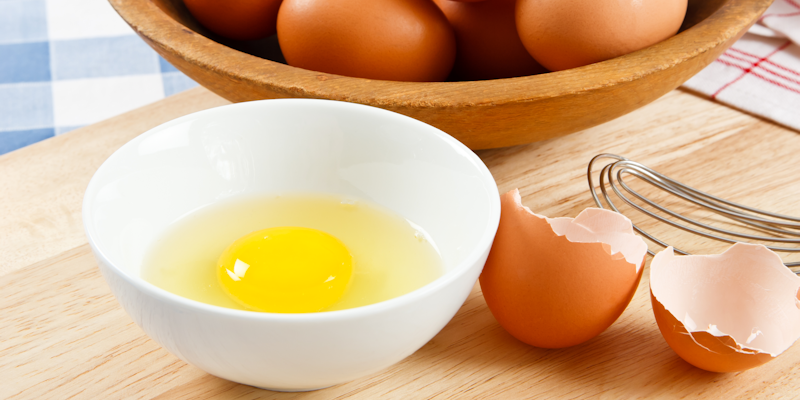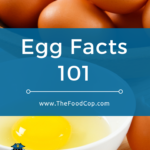Egg Facts 101
Do you remember the Incredible Edible Egg jingle? This jingle, which originally debuted in 1977, was introduced by the American Egg Board to increase awareness of the health benefits of eggs to consumers. The lyrics in the latest version of the jingle, which was updated in October 2012, contain updated nutrition information about eggs – the lyrics say the USDA has found that eggs now have 14 percent less cholesterol and 64 percent more vitamin D than they used to. The lyrics also state that eggs now contain 185 mg cholesterol, down from 215 mg.
These days, purchasing eggs can be confusing though, as a result of all of the various labeling information that appears on egg cartons. Here are some egg facts that will help clear up this confusion the next time you go grocery shopping.
White Eggs vs. Brown Eggs
Despite what many people think, the color of an egg shell plays no part in the nutrition value of an egg. Regardless of whether the egg shell is white or brown, the quality, flavor, nutritive value, cooking characteristics, and shell thickness does not vary. However, if the feed given to a hen is nutrient-enhanced, the nutritional content of an egg can differ.
The color of an egg shell is determined by the breed of the hen. Hens with white feathers and ear lobes lay white-shelled eggs, while hens with red feathers and ear lobes lay brown eggs. Because brown-egg layers are slightly larger and require more food, brown eggs are usually more expensive than white eggs.
Free Range Eggs
Free range hens have the freedom to roam around, unlike caged hens. They have access to the outside if they feel like venturing out there. However, a concrete slab can actually count as “outdoor access.” Free range hens also have unlimited access to food and water.
Cage-Free/Free-Roaming Eggs
Cage-free means that hens are not kept in cages, but they don’t necessarily have access to the outside – they could be kept inside a barn, poultry house, or building. They also have unlimited access to food and water.
Caged Eggs
The majority of eggs come from caged hens. Note that if the egg carton does not state how the hens were raised, they were most likely caged.
Organic Eggs
Organic eggs come from hens that were given certified organic feed, but this does not indicate what the living conditions of the hens are.
Nutrient-Enhanced Eggs
These hens are given a special diet, which could include flax seeds, marine algae, and fish oils.
Also note that in the United States, hens are not allowed to be given antibiotics or hormones. If hens become ill and antibiotics are needed, they are given under the supervision of a veterinarian, and egg production is likely to decrease.
By the way, you can download the entire Incredible Edible Egg jingle to your Android or iPhone, including the newest Easter version of the jingle, from the American Egg Board web site!
Easy Hard Boiled Eggs
Directions:
- Place eggs in a saucepan large enough to hold them in a single layer. Add enough cold water to cover the eggs by one inch. Heat over high heat just to boiling. Remove the saucepan from the burner, then cover the sauce pan.
- Let eggs stand in hot water for about 12 minutes for large eggs (9 minutes for medium eggs; 15 minutes for extra large).
- Drain immediately and serve warm OR cool completely under cold running water or in a bowl of ice water, then refrigerate.
The green ring that sometimes forms around the yolk occurs when eggs have been cooked for too long or at too high a temperature. Cooking eggs in hot, not boiling, water, then cooling immediately, minimizes this from happening.
Air Fryer Hard Boiled Eggs
Yes, you can hard boil eggs in an air fryer. Note that the temperature and time might vary based on your individual air fryer. Do you have an air fryer? If not, I love my Krups air fryer! I love the basket concept – it’s a little different than most air fryers because it has one basket and a removable tray that the food goes on.
- Place the eggs in the air fryer basket, set the temperature to approximately 270 degrees, and cook for about 15 minutes.
- When finished, put the eggs in an ice bath. The eggs can be peeled when they have cooled down.
Peel a Hard Boiled Egg
To peel a hard-boiled egg, gently tap the egg on a counter top until the shell is finely crackled all over, then roll the egg between your hands to loosen the shell.


